
Montezuma National Wildlife Refuge is a 9,000-acre wildlife preserve located in Seneca Falls that is operated by the US Fish and Wildlife Service. This unique destination has lots of opportunities to view all sorts of native wildlife species.
Wildlife at Montezuma National Wildlife Refuge
Wildlife photographers and bird watchers flock (no pun intended) to this refuge for the large abundance of different bird species. Montezuma National Wildlife Refuge is home to over 242 species of birds and is a bird watcher’s paradise.

Waterfowl
The Refuge is home to several species of waterfowl and a stopover during the yearly migration of others. Waterfowl such as Mallard Ducks, Black Ducks, Wood Ducks, Northern shoveler, American Wigeon, Northern Pintail,
Green-winged Teal, and Blue-Winged Teal, as well as Canadian and Snow Geese, can be found flocking in the fresh water in and around the refuge.
Snow Geese are the Harold’s of Spring in Upstate New York as they grace the waterways of the Montezuma National Wildlife Refuge on their way back up to Northern Canada and Alaska.
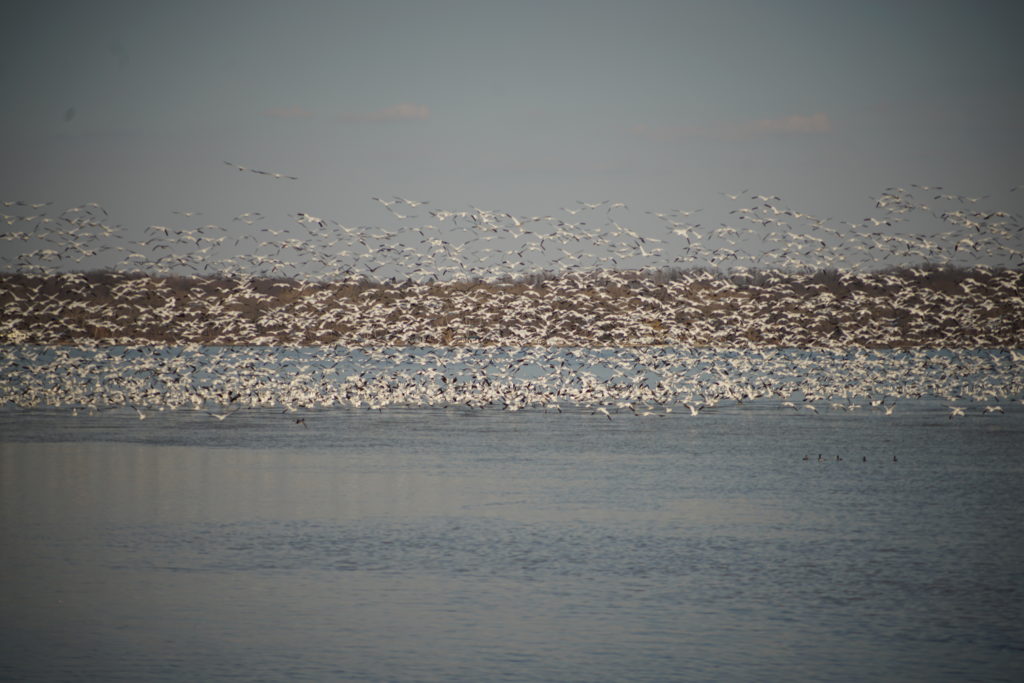


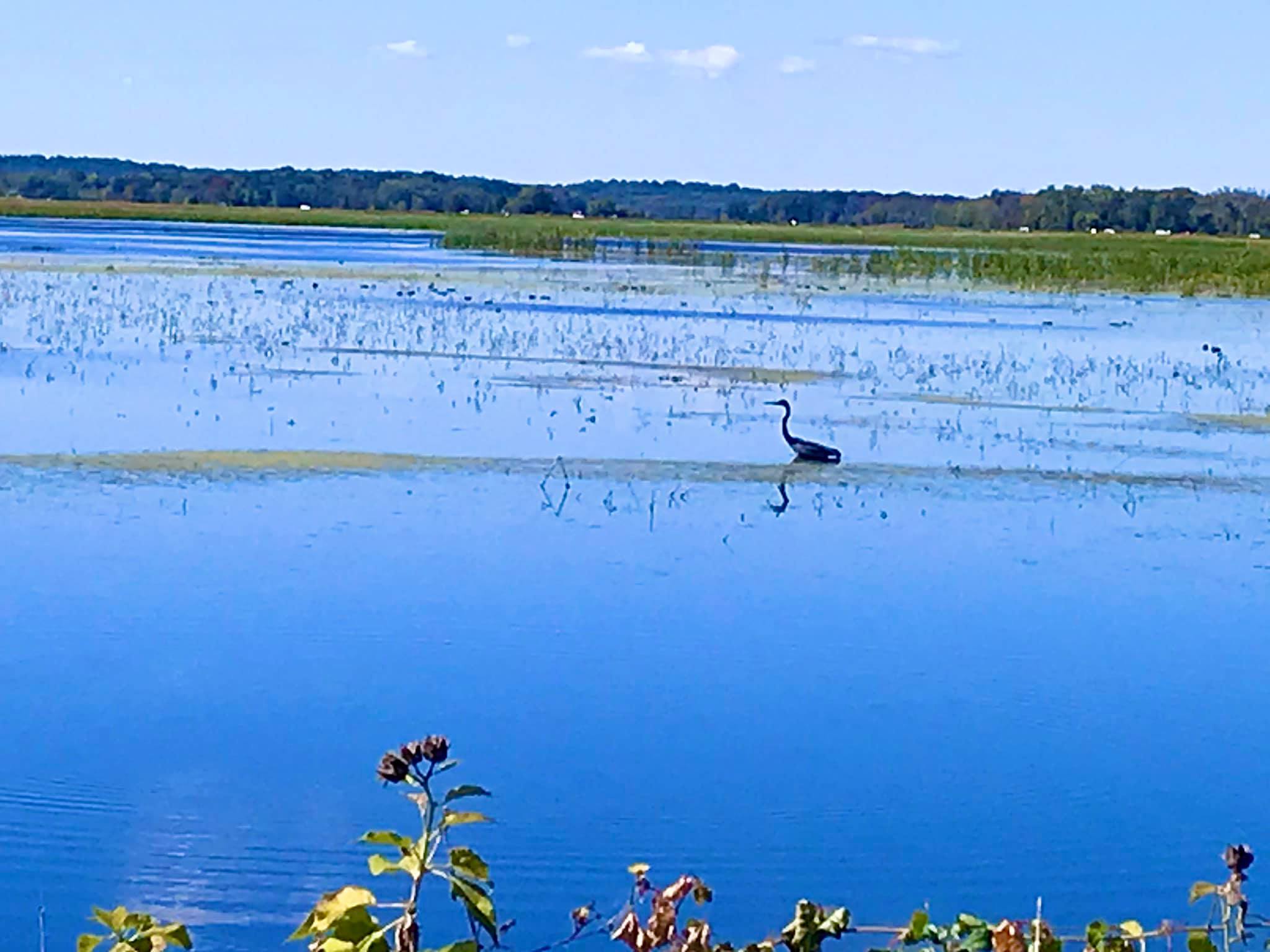
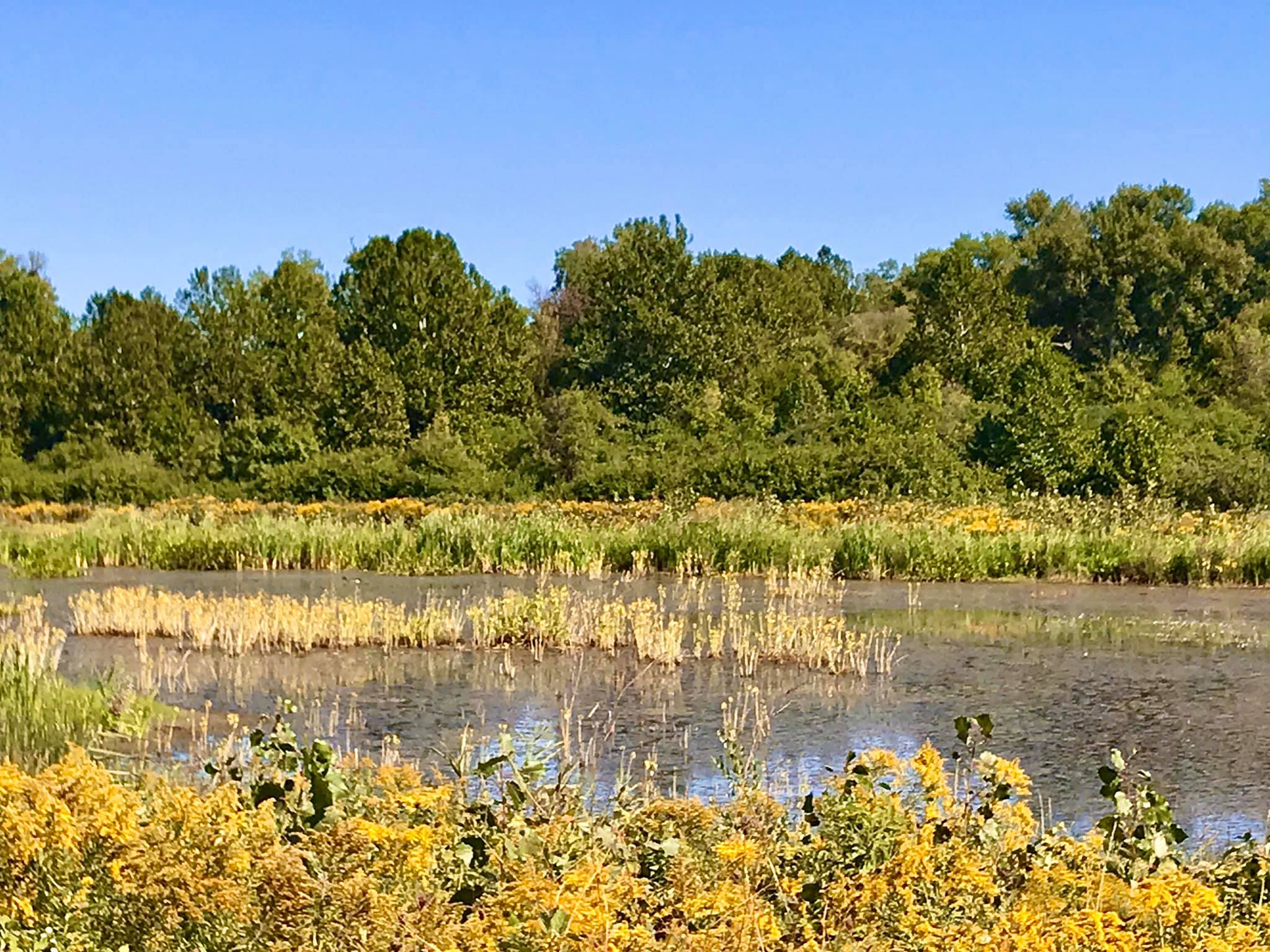

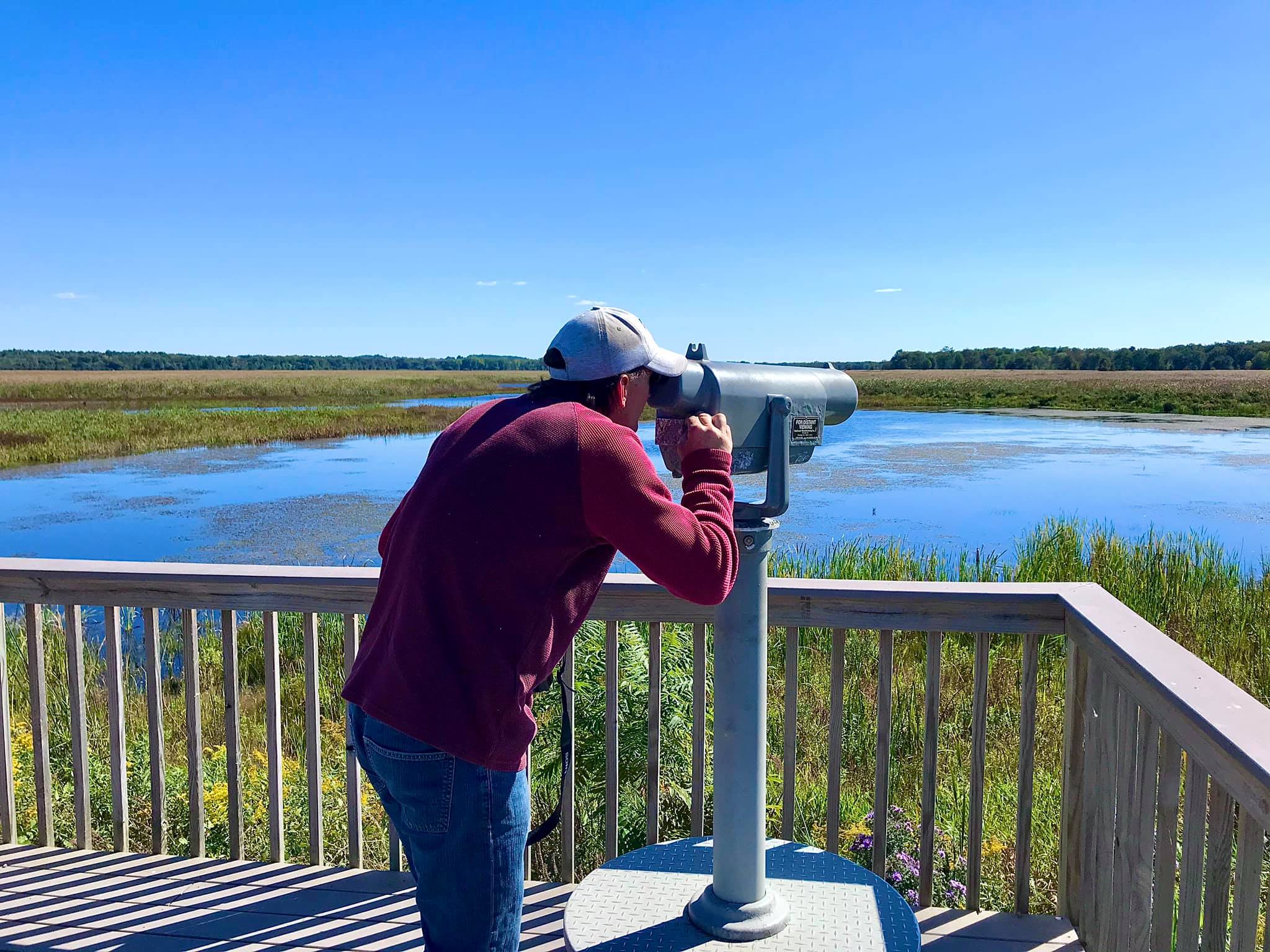

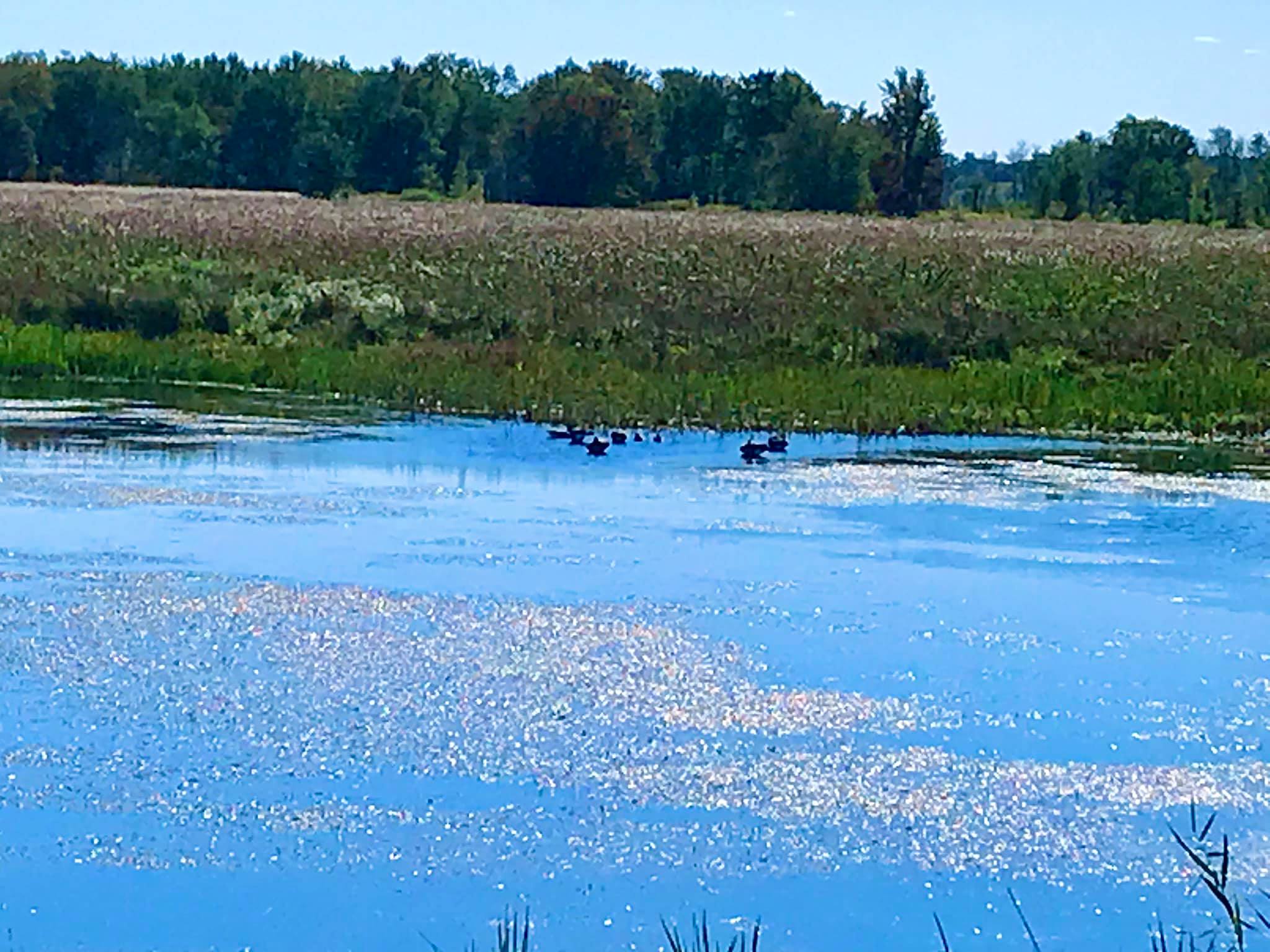


Marsh Birds and Shoreline Birds
Many species of Marsh and Shoreline birds can be seen wading in the shallower waters and along the shores of the refuge such Killdeer, Spotted Sandpipers, Dunlin, Black-bellied Plover, Common Snipe, Great Blue Heron, Green-Backed Heron, Black-Crowned Night-Heron, Sandhill Cranes, and Great Egret.


The refuge is also the renewed nesting grounds of a bird on the endangered species list, Black Tern. These birds once numbered in the thousands in Montezuma but due to an infestation of Purple Loosestrife that decimated their nesting grounds. Through conservation efforts, the Purple Loosestrife has been brought under control and the Balck Terns have begun to nest once more in Montezuma.
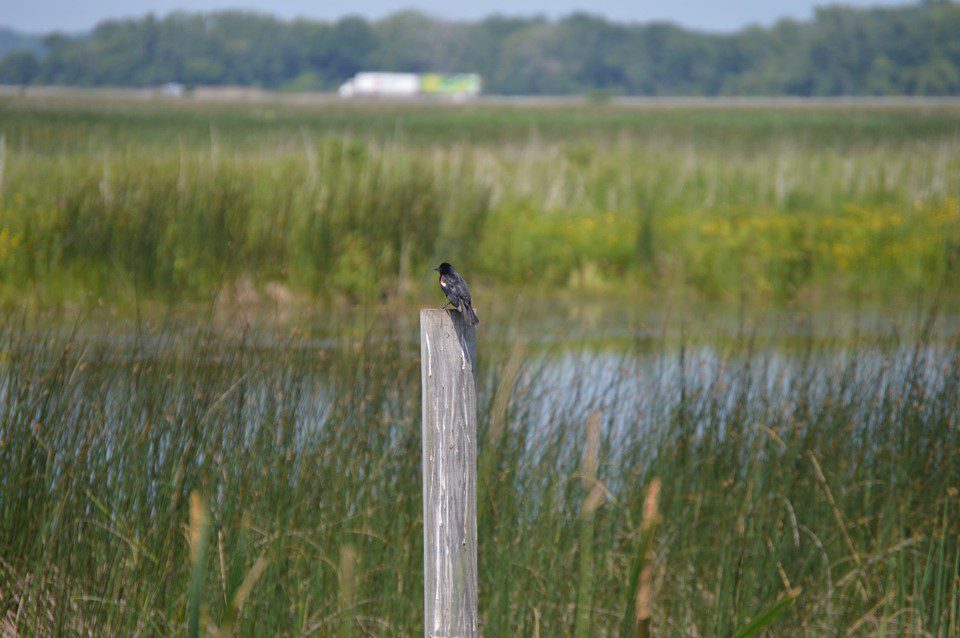





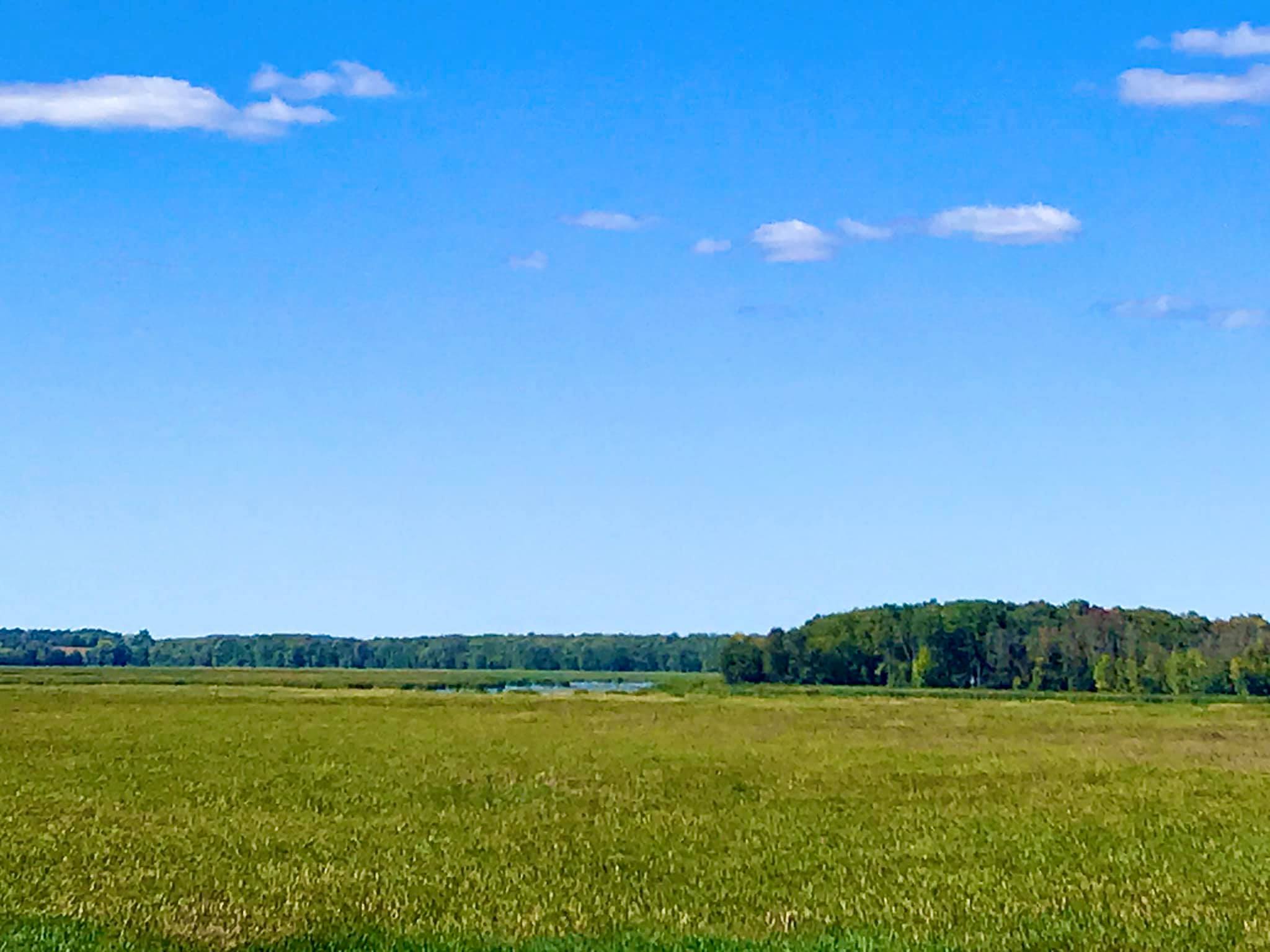

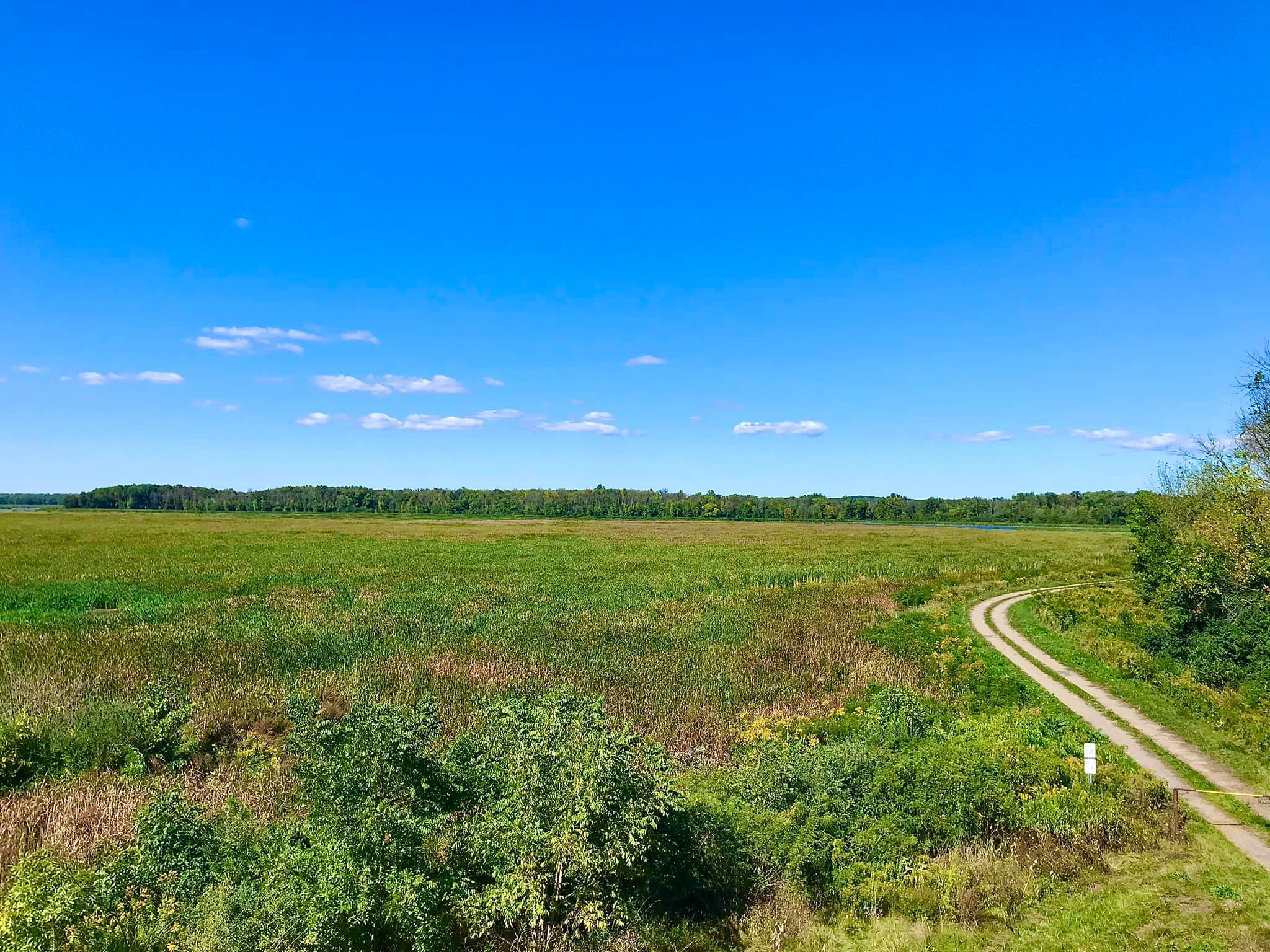








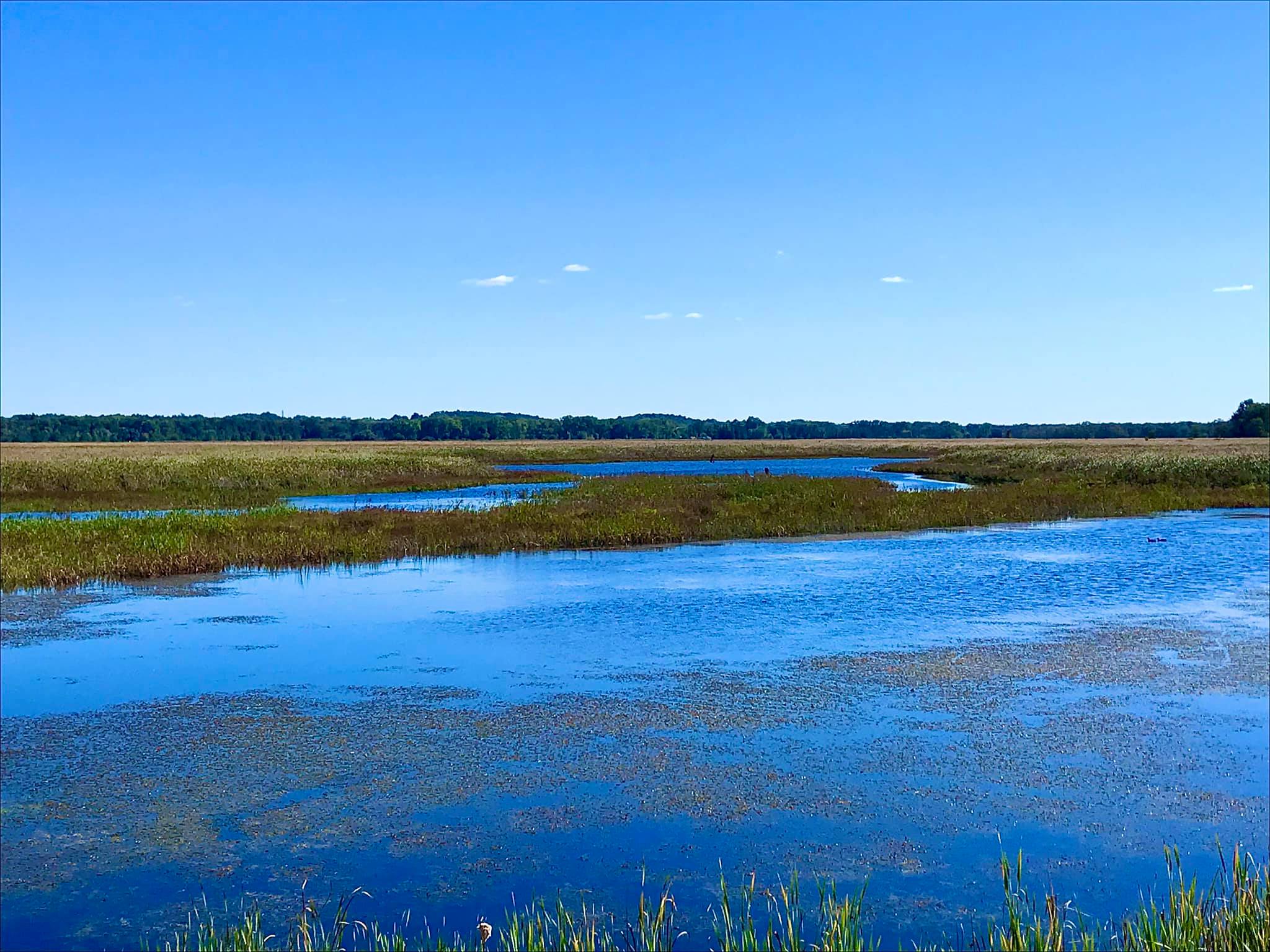

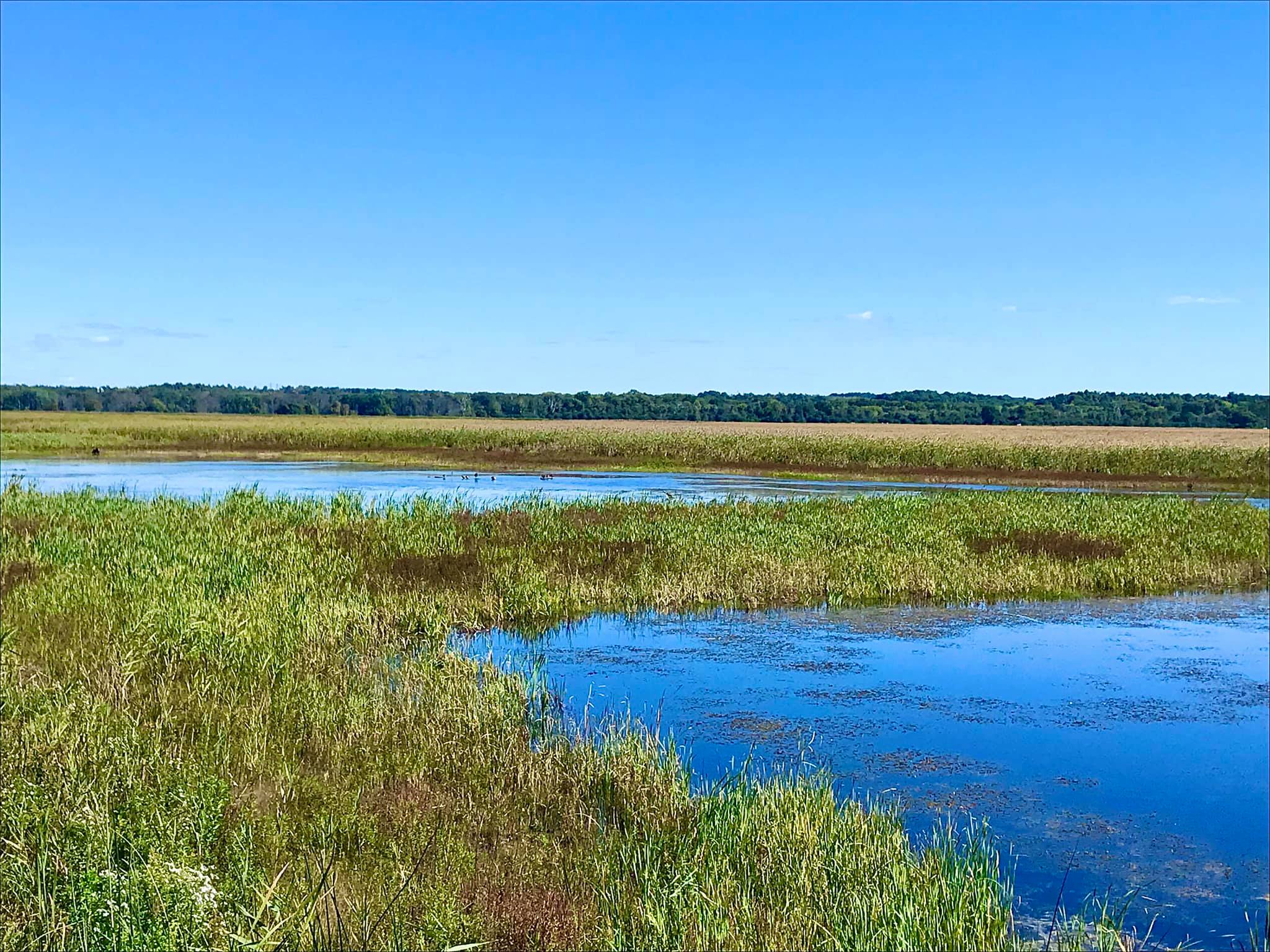

Birds of Prey
There are several active Bald Eagle nests within the park. 6 separate families of eagles have taken up residence in and around Montezuma. This is another successful conservation effort on the part of the US Fish and Wildlife Service in Montezuma. In the late ’70s in an attempt to reintroduce the Bald Eagle to New York State, Montezuma was selected as one of the sites to release eagles. 23 eagles were released between 1976-1980 and the numbers have grown dramatically over the last 40 years. The Bald Eagle was removed from the endangered species list in 2007.
In addition to Bald Eagles, Osprey, as well as their nests can be seen throughout the reserve. The Friends of the Montezuma Wetlands Complex run a live Osprey Cam for visitors to their website.
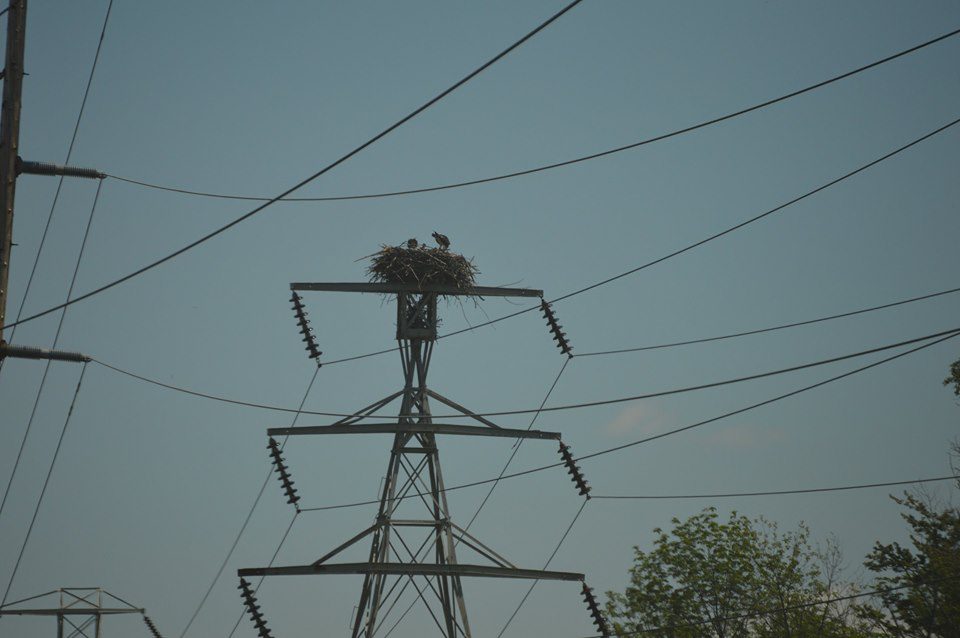

Mammals, Reptiles and Amphibians
There are 43 species of mammals, 16 species of amphibians, and 15 species of reptiles that reside in Montezuma National Wildlife Refuge. Keep your eyes peeled for Raccoons, White-tail Deer, Bats, Rabbits, Coyotes, Red and Grey Fox, and a variety of Rodents, including flying Squirrels that you might have the opportunity to glimpse during your visit to the Refuge.
Montezuma, being a wetland, there are naturally a large number of reptiles and amphibians. The evening air is full of varying songs of the vast amount of different frogs and toads species that live in the park.


Visiting Montezuma National Wildlife Refuge
There are several ways to see Montezuma. The Refuge is vast, so it really isn’t possible to see the entire park, especially seeing that many places aren’t accessible except by canoe or kayak and unfortunately, boating is prohibited in the Refuge. There are roads throughout the park that allow visitors to drive through and observe the wildlife from the comfort of their car.




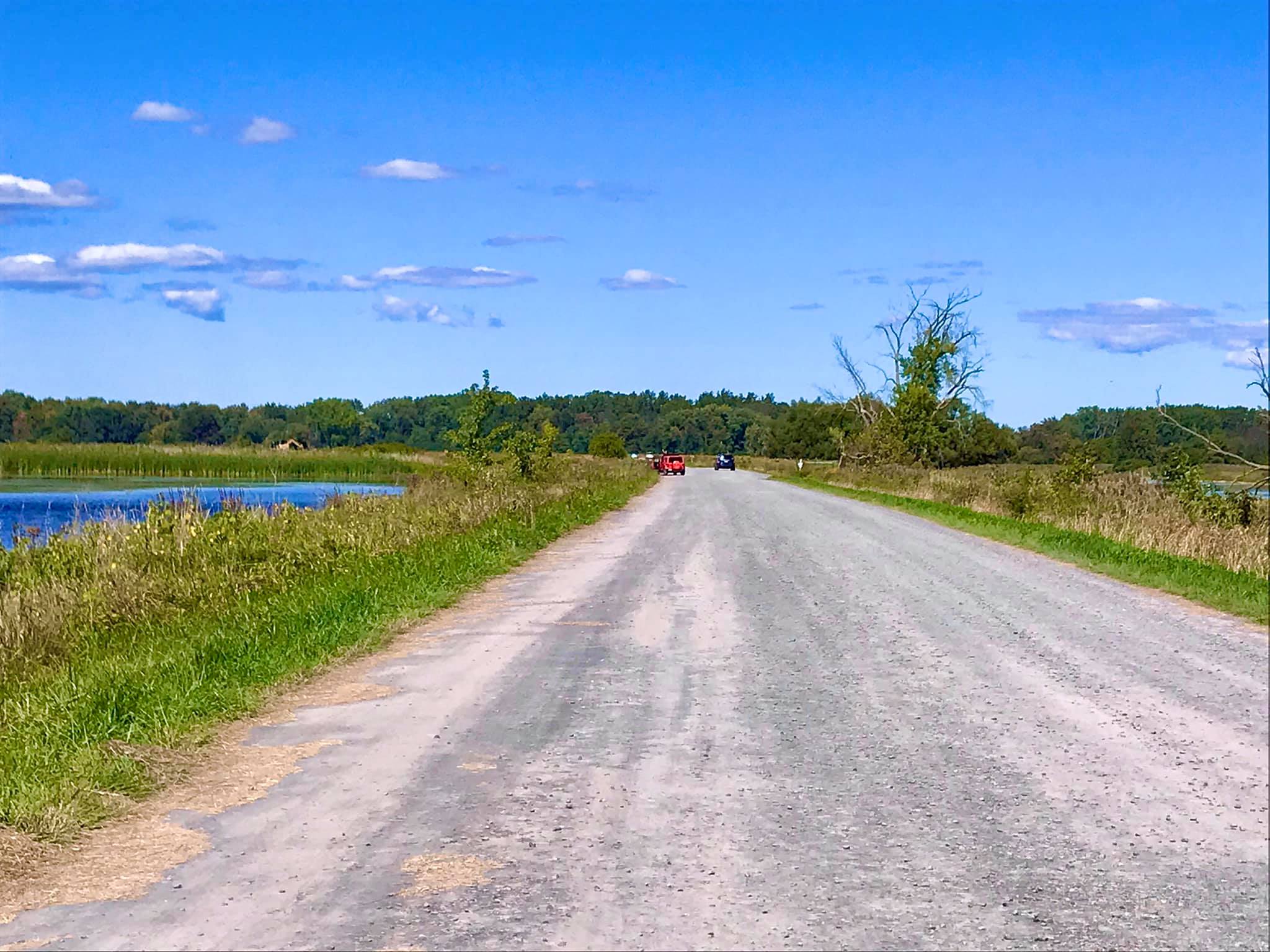



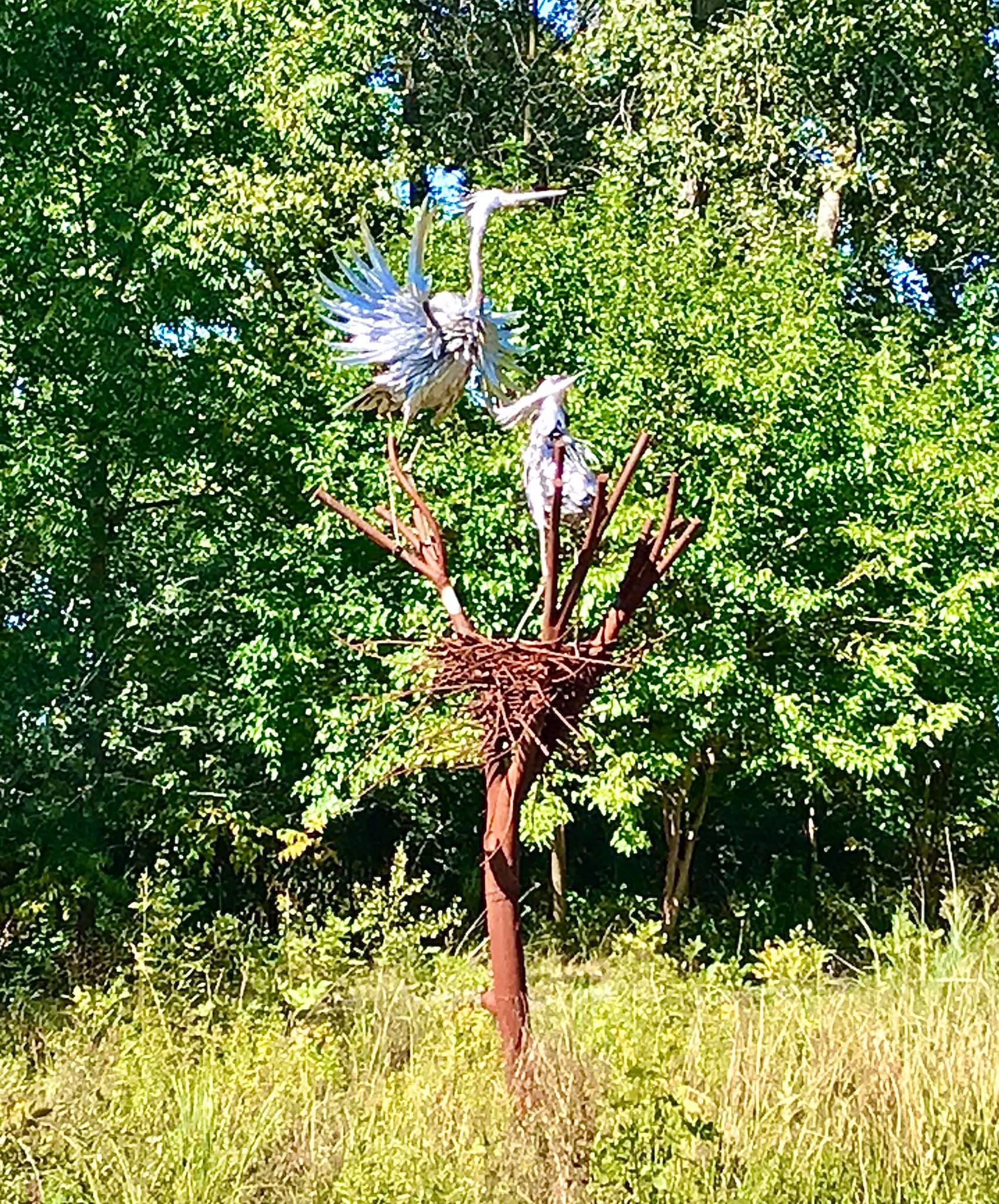

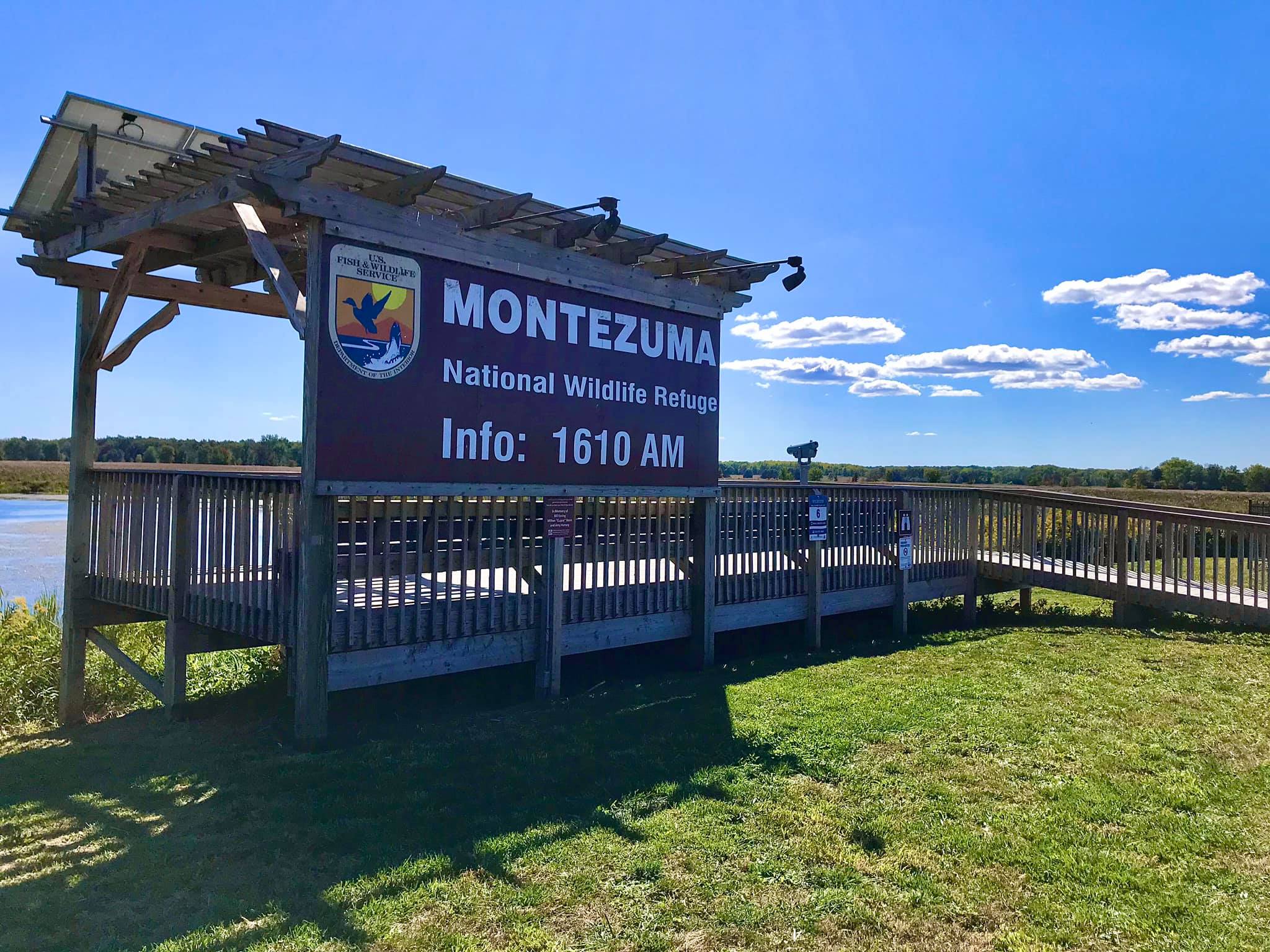

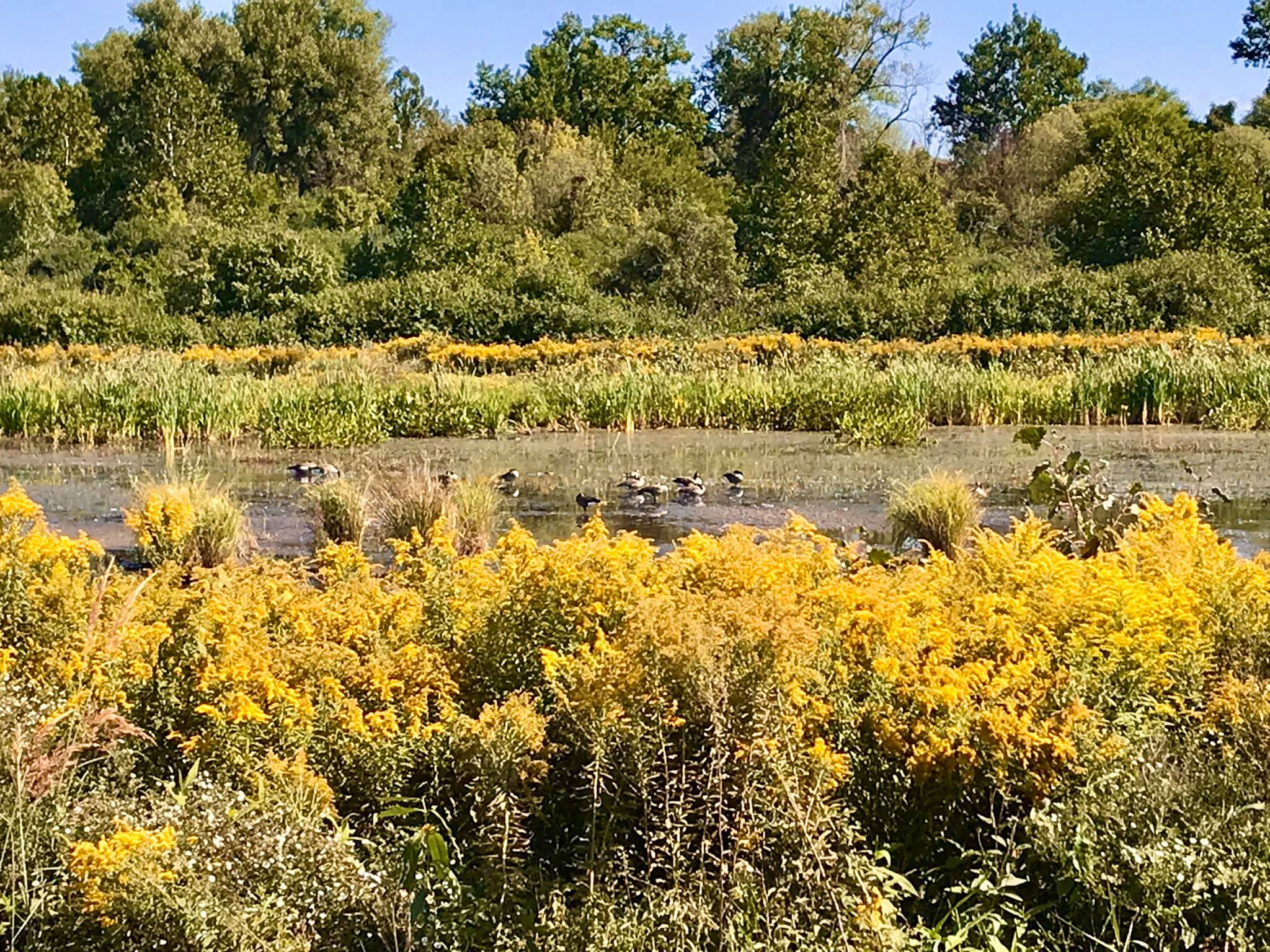

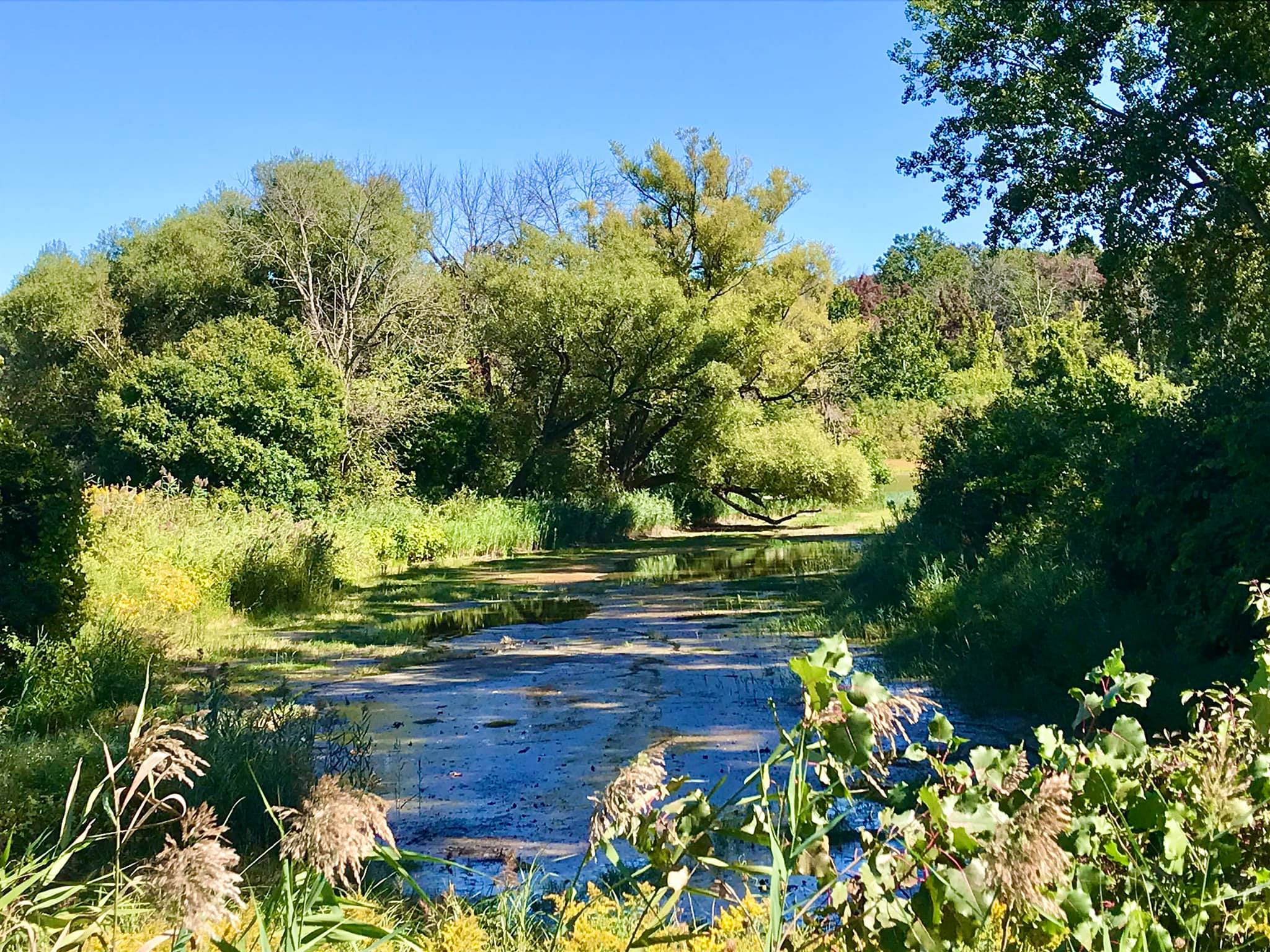

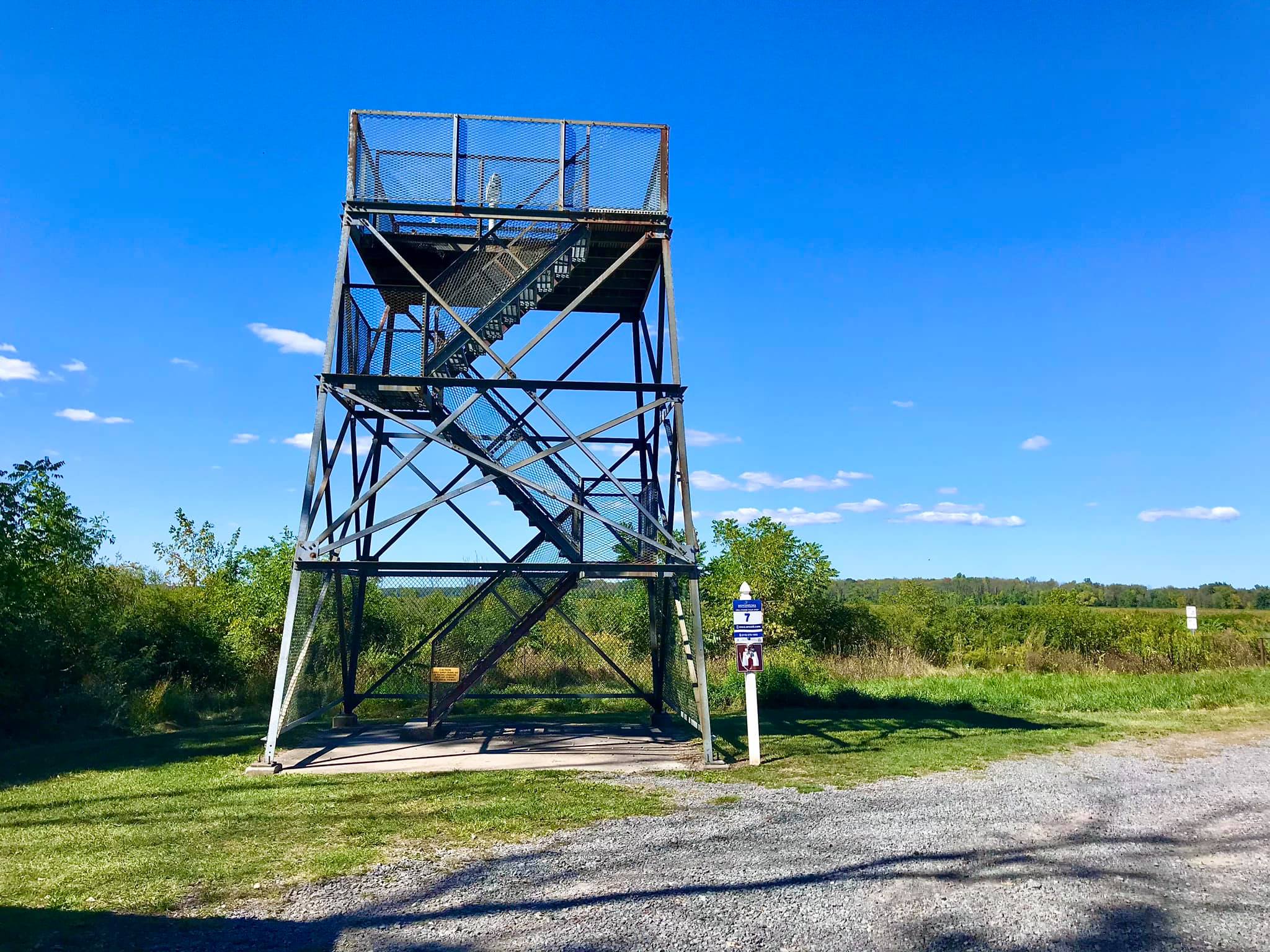




The 3 Mile Drive Thru
This is, in my opinion, the highlight of visiting Montezuma. You can take a 3-mile drive-through tour of the Montezuma Wildlife Refuge. The trial is open April – November. During certain times of the year, you must remain in your car, until you reach the designated viewing areas. This is a gravel road, so you need to take it slow. This road is open to pedestrians and cyclists from May 25 – August 15.




We drove Nova through once (of course, making sure she stayed in the vehicle the whole time!), and she was completely fascinated! Just staring out the window the entire time.



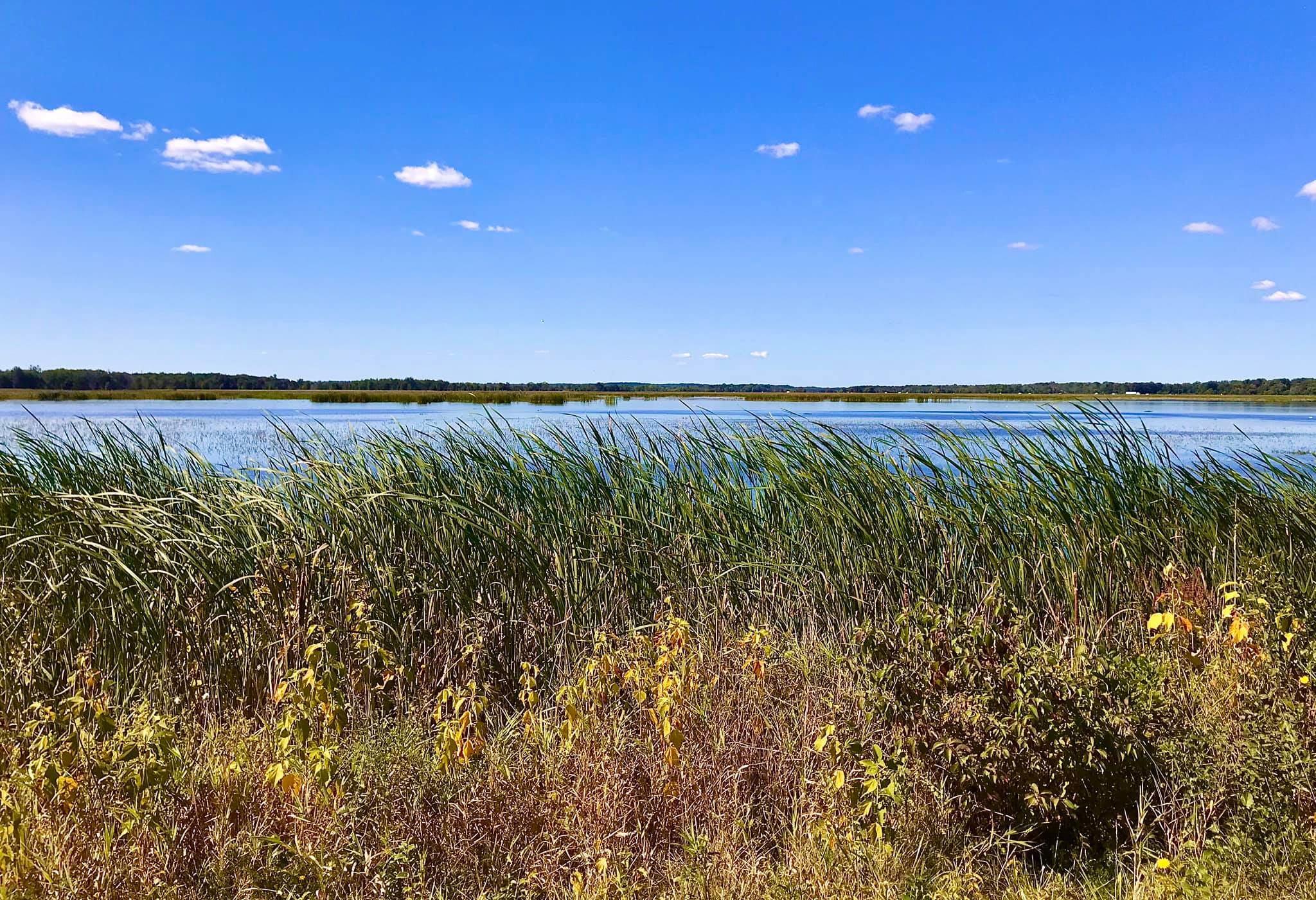






There are several trails and observation towers for guests to get out into the refuge and get an up-close view of the wildlife. Visitors can also boat, canoe, or kayak in the Seneca River, Clyde River, or the Erie Canal, which all border the Refuge.








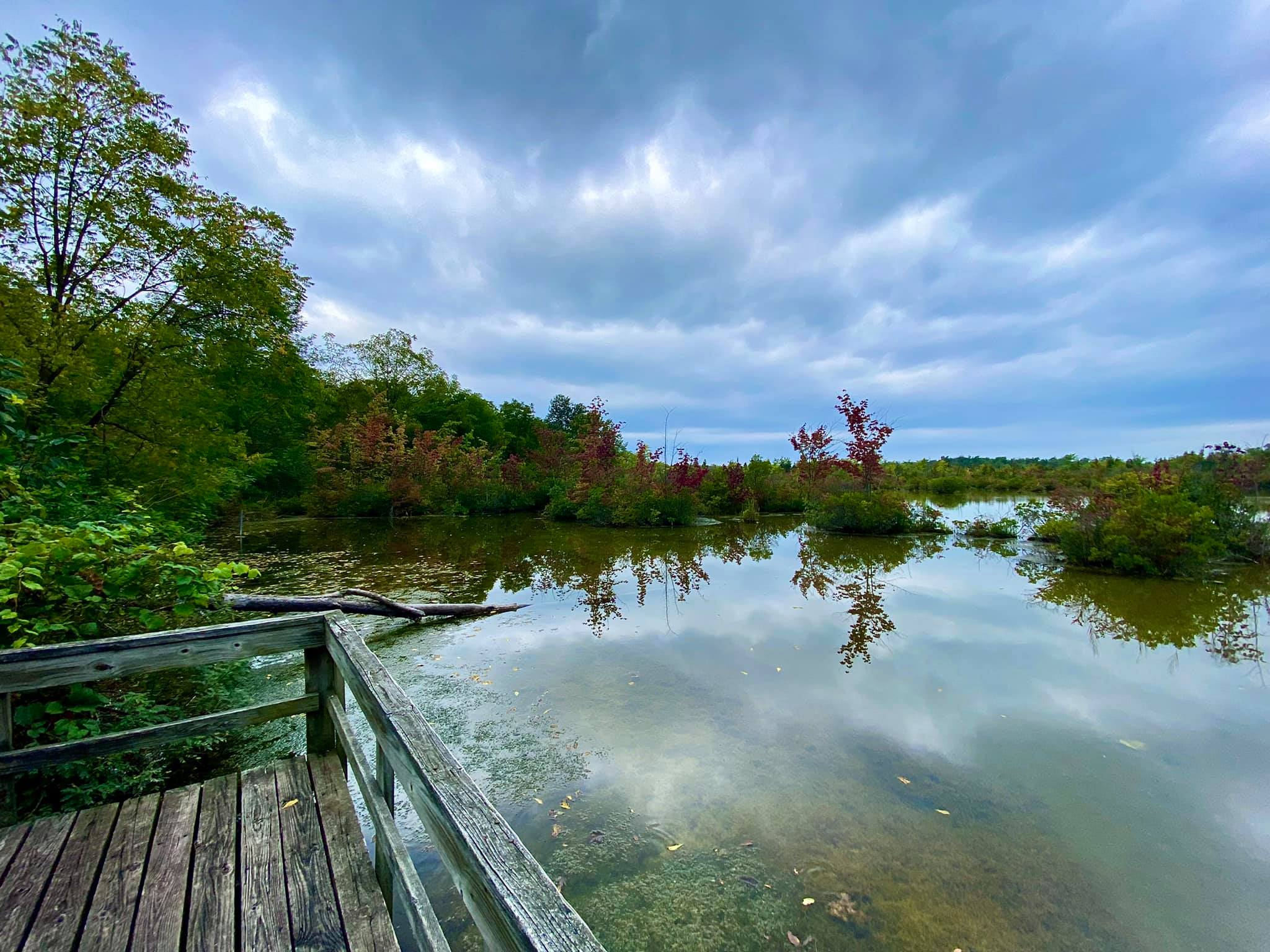





Sunset at Montezuma National Wildlife Refuge
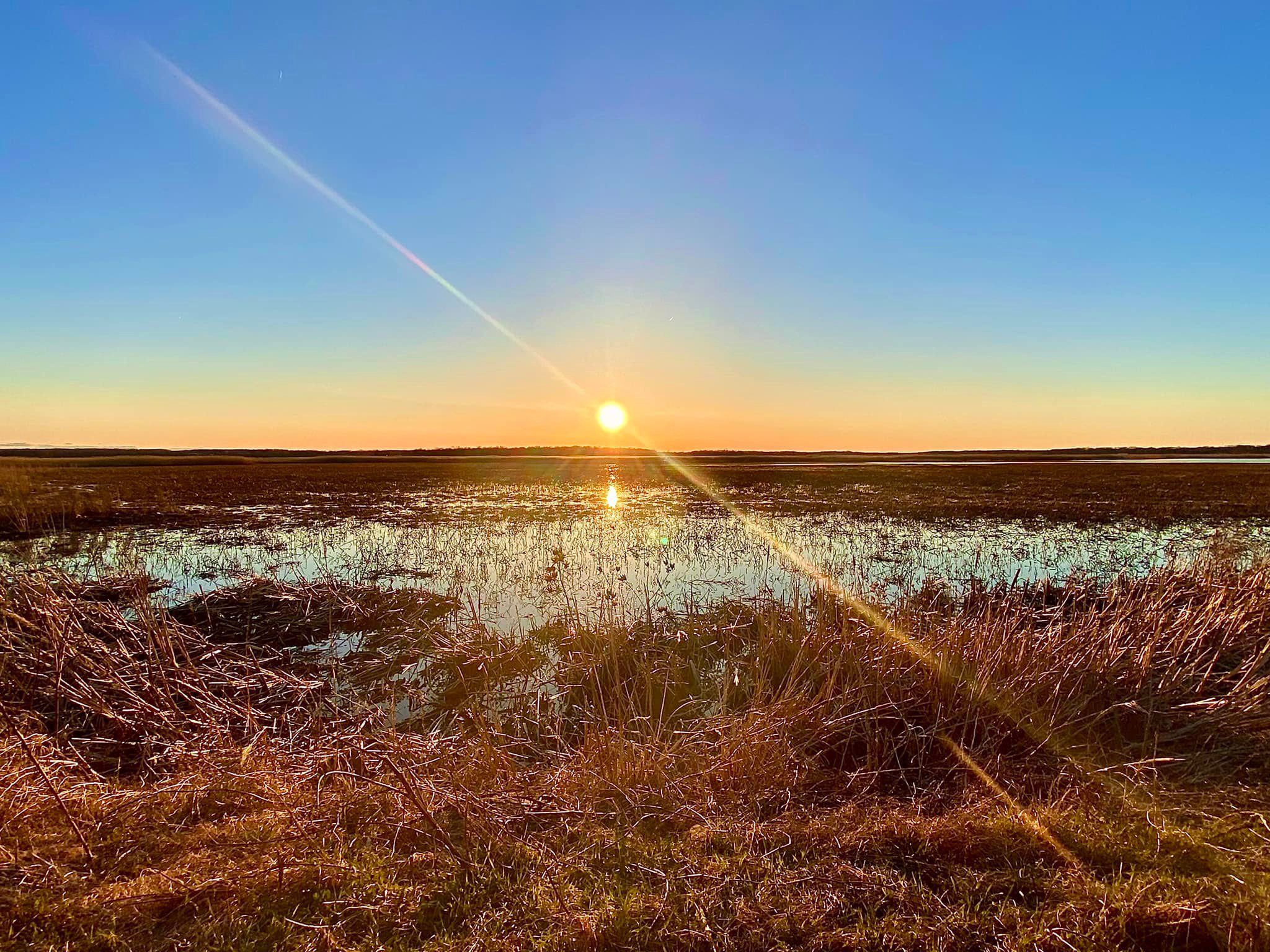

We visited once again in early spring and just before sunset. It was the perfect time to visit. The birds were plentiful, and there were hardly any people around. We were free to travel at our own pace and not have to follow in the dust-filled wake of other vehicles.
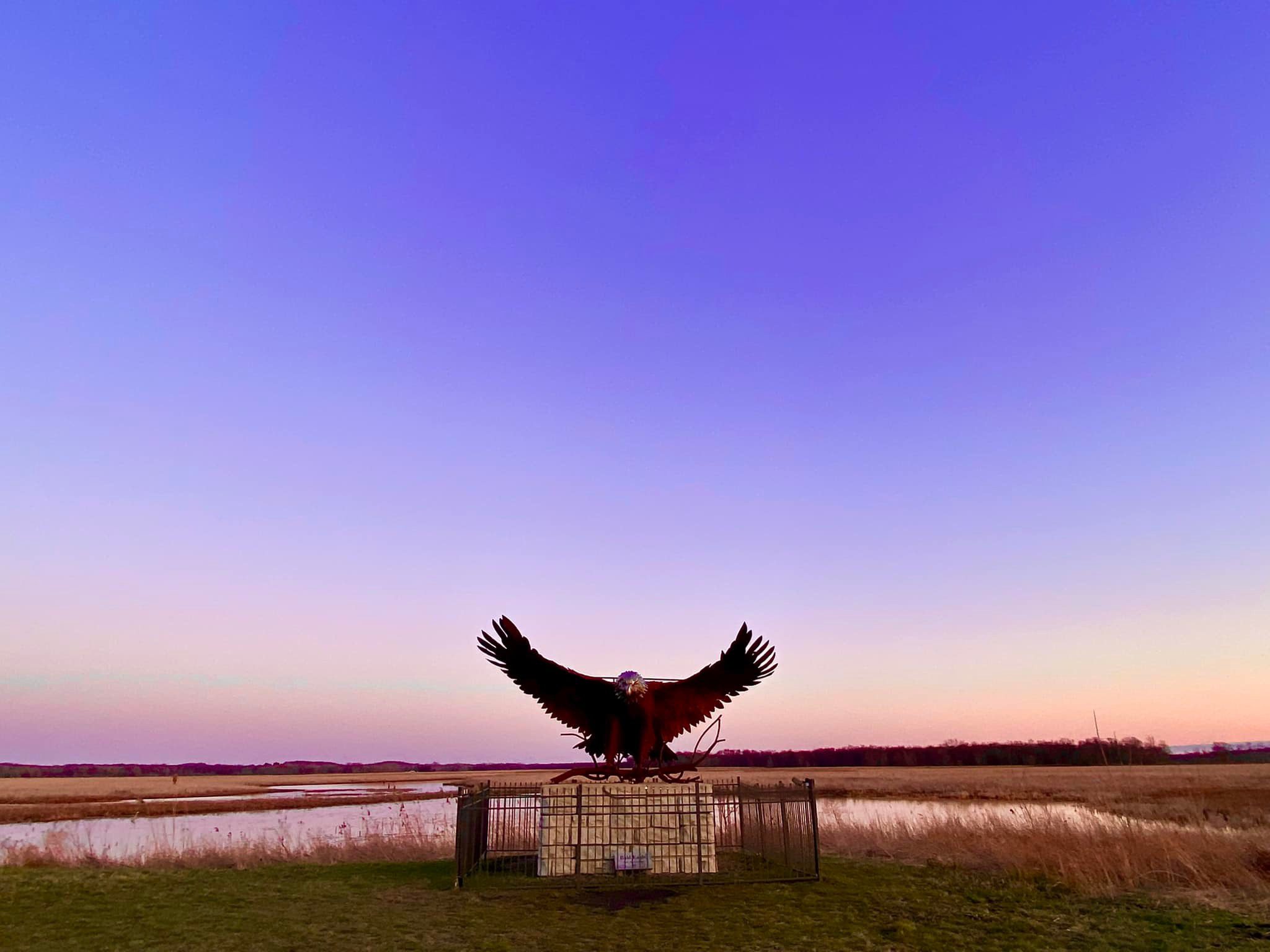

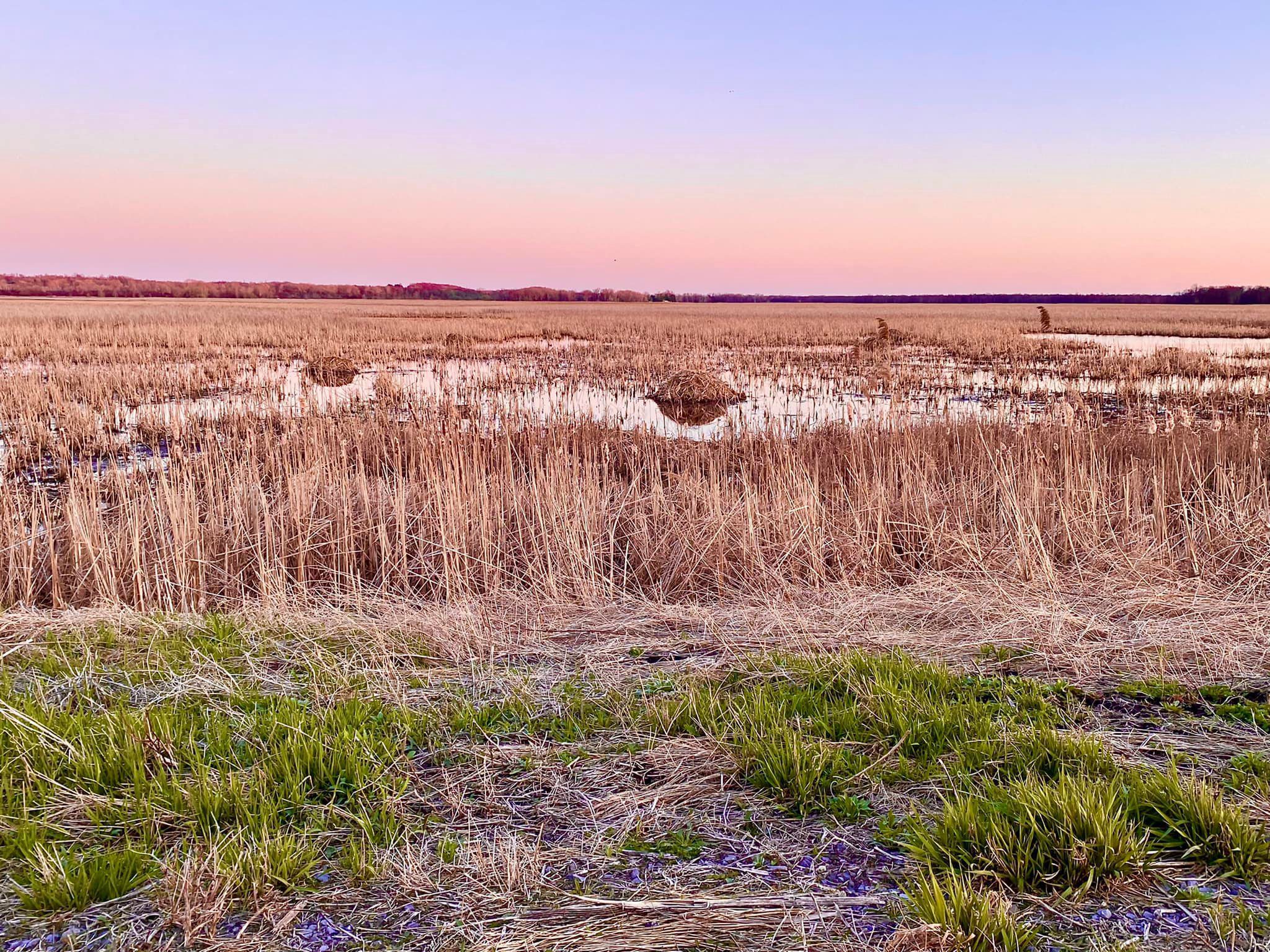

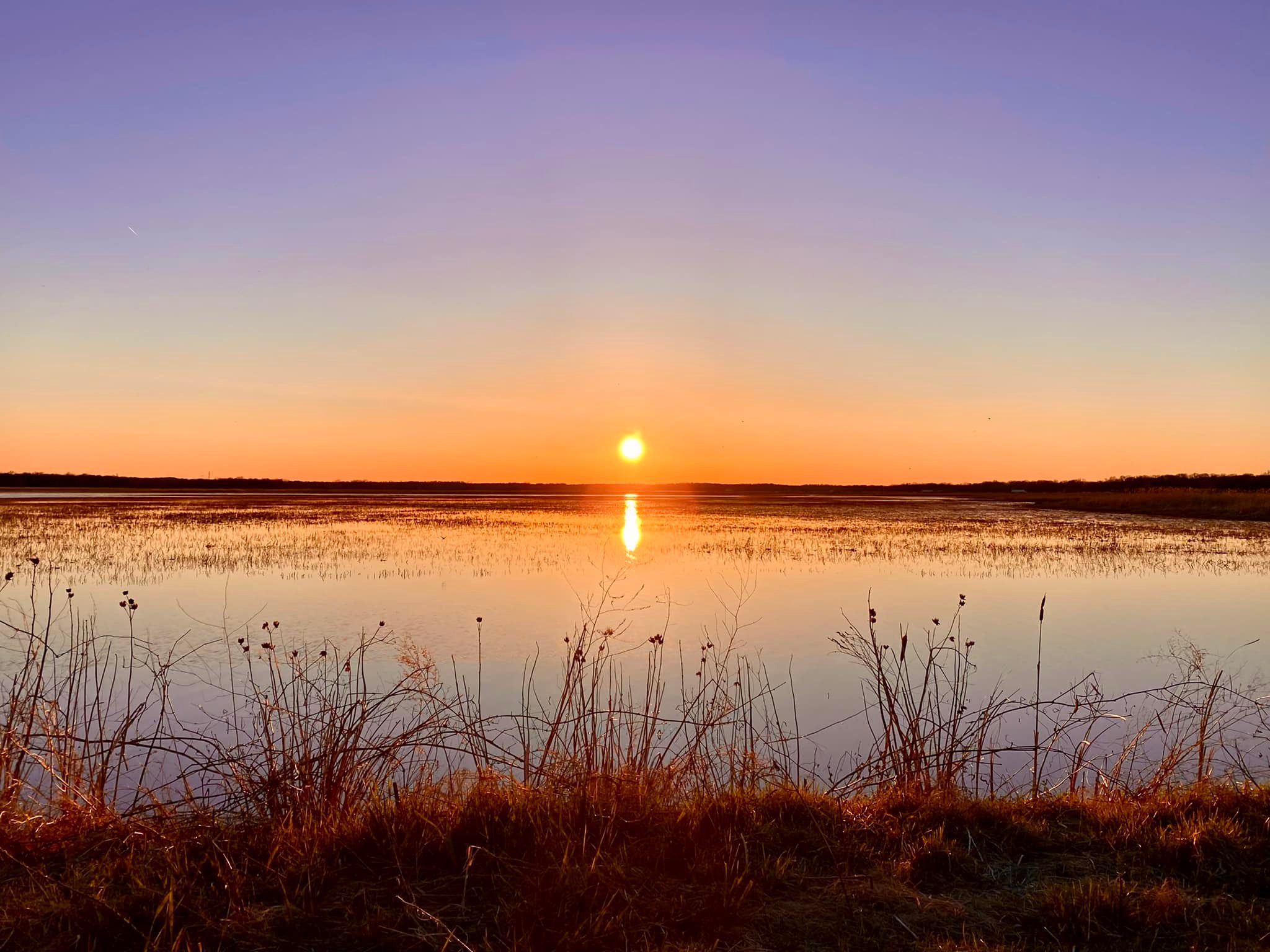



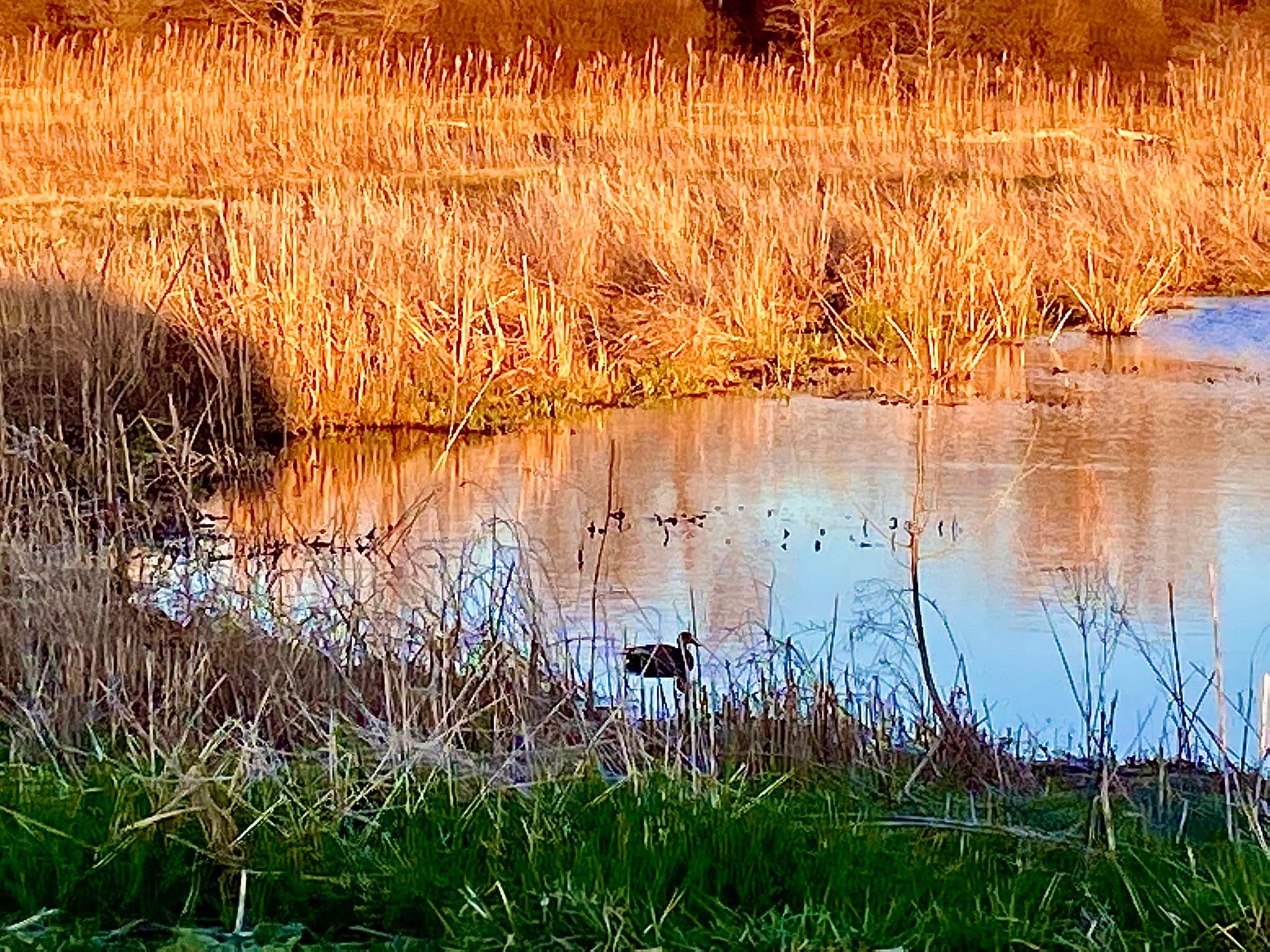

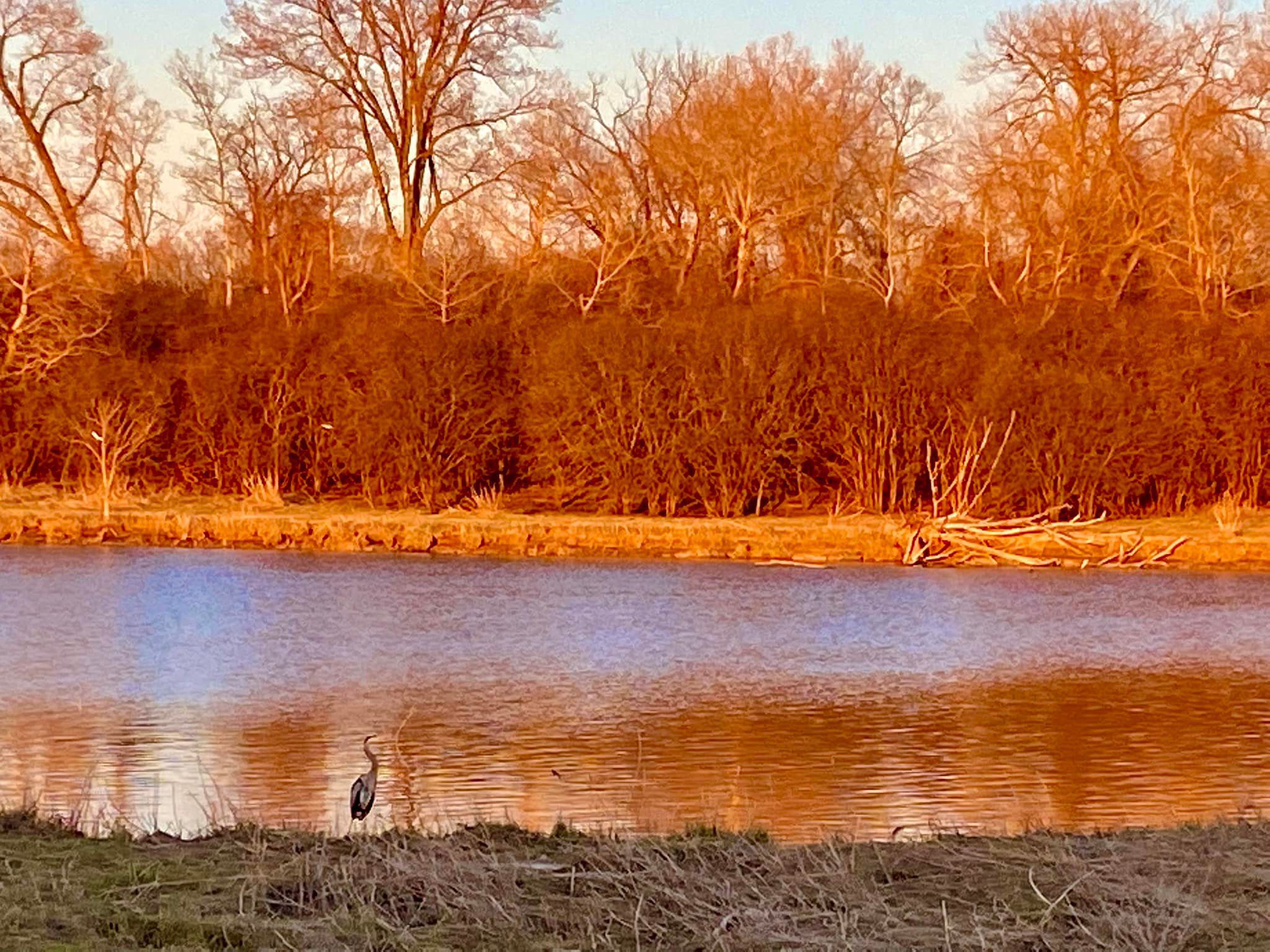



Helpful Links: https://www.fws.gov/refuge/Montezuma/
Hours:
- Refuge Headquarters Office – 8:00 AM-4:30 PM, weekdays
- Visitor Center/The Lodge Nature Store – Mid-March through November – 10:00 AM-3:00 PM, weekdays; 10:00 AM-4:00 PM, weekends (call ahead to be sure we’re open)
- Outdoor facilities (trails, observation areas) – ½ hour before sunrise – ½ hour after sunset; Esker Brook and South Spring Pool trails are closed annually from November 1 – mid-December
Address: 3395 Highway 20, Seneca Falls, New York